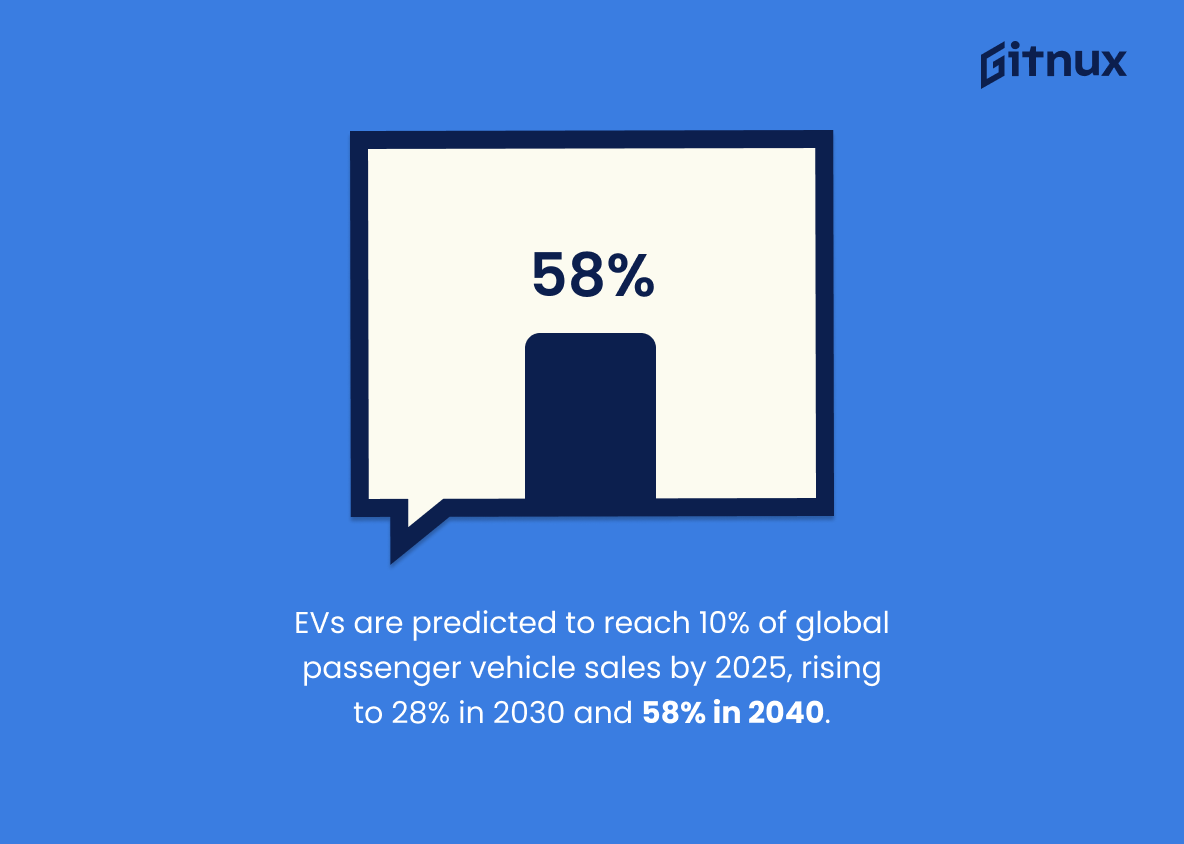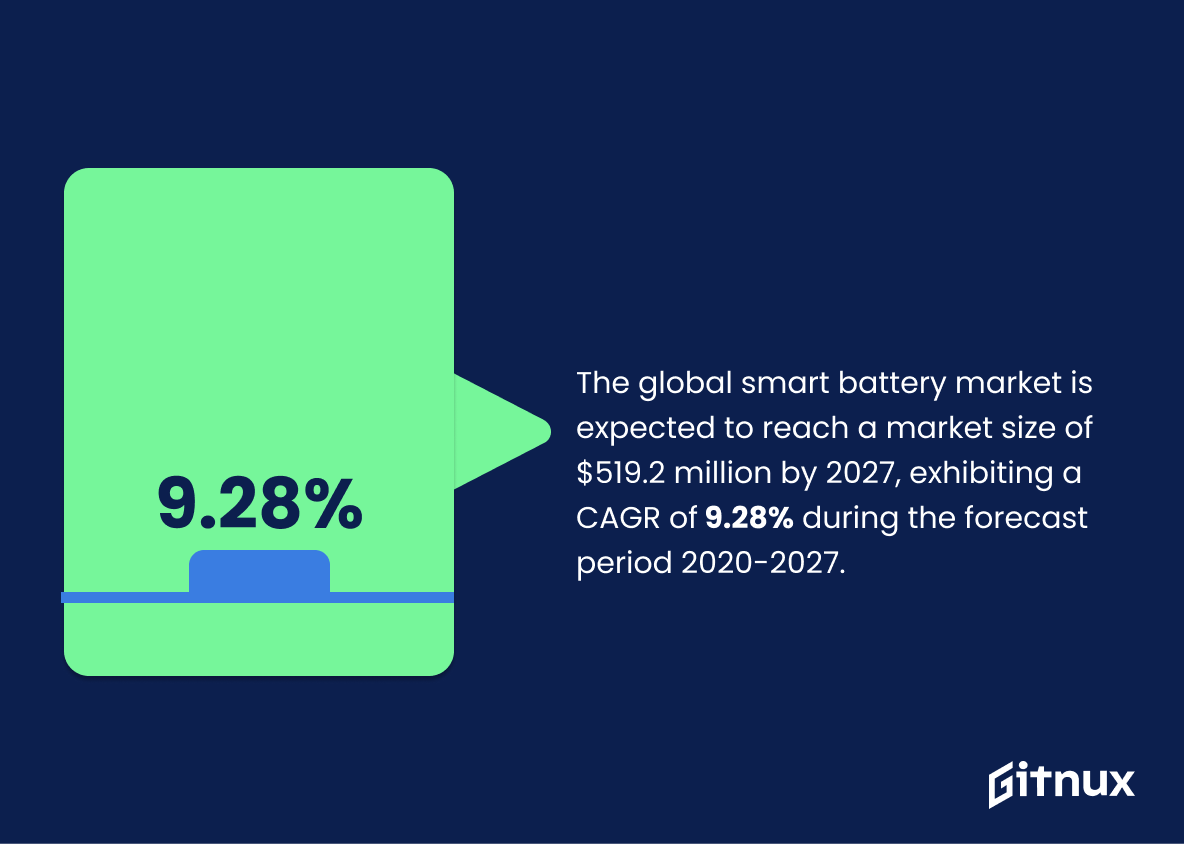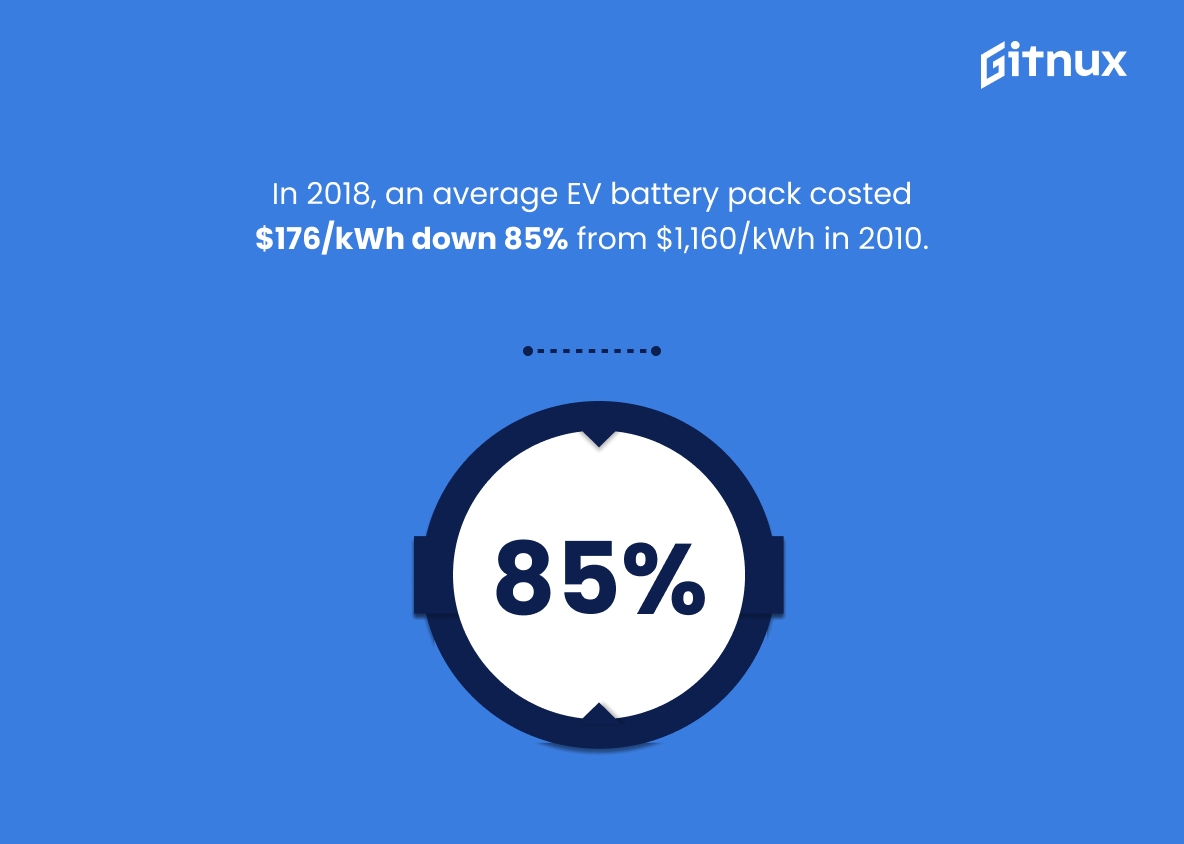The Battery Industry is a pivotal cornerstone of our technologically advanced society, powering everything from children’s toys to electric vehicles and renewable energy storage systems. The intricacies of this globally significant industry are often overlooked despite its astonishing growth, sophistication and economic impact worldwide. This blog post delves into the captivating world of Battery Industry Statistics, offering a comprehensive look at the industry’s fascinating trends, market analysis, innovative advancements, and the influencing factors driving its steady escalation. Whether you’re an entrepreneur, an industry veteran, or simply a curious reader, this insightful exploration will illuminate the integral role the battery industry plays in our everyday lives and its influential trajectory towards the future.
The Latest Battery Industry Statistics Unveiled
The global lithium-ion battery market was estimated at $36.7 billion in 2019.
Delving into the world of Battery Industry Statistics unearths a treasure trove of fascinating insights, case in point, the staggering estimation of the global lithium-ion battery market at $36.7 billion in 2019. This numerical exploit not only punctuates the robust health of the battery industry but also underscores the pervasive utilization of lithium-ion technology in a wide swath of applications, ranging from electric vehicles to portable electronics. It is the beating heart of the discussion that propels the narrative, reinforcing the undeniable dominance and pivotal role that lithium-ion batteries play in this electrified saga. Such a figure provides a quantitative baseline from which future trends and projections can be calculated, vital for strategizing, forecasting and understanding the immense potential this industry holds on a global scale.
Electric Vehicles (EVs) are predicted to reach 10% of global passenger vehicle sales by 2025, rising to 28% in 2030 and 58% in 2040.
The aforementioned forecast of Electric Vehicles (EVs) sales paints a compelling picture of the seismic shift anticipated in the transportation realm over the next two decades. The battery industry, which sits at the heart of this green revolution, will undeniably face a newfound demand surge. The projected sales growth trajectory of EVs, from gleaning a modest 10% of global passenger vehicle sales by 2025, to a dominant 58% by 2040, echoes potential leaps in the need for advanced, durable, and efficient battery systems. This indicates imminent transformative possibilities for the battery industry, gearing it to adapt to more advanced production needs, innovatively reduce costs, and progressively build on the sustainability quotient. A boom in the EV market could, thereby, scroll an expanse of profitability and technological advancement for the battery industry, turning it into a backbone of the road to clean and sustainable mobility.
China’s battery manufacturing capacity is projected to reach 1,389 GWh by 2025, which is around 65% of the total global battery capacity.
Delving into the electrifying world of the battery industry, one cannot help but be intrigued by China’s projected battery manufacturing prowess. By 2025, harboring 1,389 GWh of battery manufacturing capacity, China is expected to dominate, boasting about 65% of the total global power pack. Beyond just numbers, this bold forecast signals China’s mighty footprint and strategic edge on global battery production terrain. This highlights the country’s influence on supply chain dynamics, pricing, access, and innovation within the global battery industry. Exploring this trajectory further would give us all a charge in understanding the industry’s potential future developments.
The global rechargeable battery market value is projected to reach $112.7 billion by 2026.
Projecting a skyrocketing value of $112.7 billion for the global rechargeable battery market by 2026, highlights the immense growth potentional within the battery industry. This staggering number illustrates a robust future and indicates the industry’s vital role in the global economy. The prediction offers a beacon of optimism for market players and stakeholders, underlining vast opportunities for innovation, investment, and development. In the context of a blog post about Battery Industry Statistics, this projection acts as an assertive testament to the industry’s expanding landscape and the soaring global demand for rechargeable batteries. So, this statistic is more than just a number — it is the spotlight illuminating the promising future of the rechargeable battery industry.
The global battery recycling market size is expected to grow at a compounded annual growth rate (CAGR) of 5.9% to $17.2 billion by 2025.
In navigating the terrain of Battery Industry Statistics, one cannot overlook the dynamic expansion projected in the battery recycling marketplace. Imagine the potential: an expected ascent at a compounded annual growth rate (CAGR) of 5.9%, reaching a striking $17.2 billion by 2025. This is not merely a testament to the recycling sector’s strength, but a glaring beacon of its escalating value in the broader context of the battery industry.
This anticipated growth is indicative of a thrumming pulse beneath the surface of the industry – a pulse driven by burgeoning trends towards sustainability and renewable resources. The lofty projection underscores a compelling narrative: the battery industry isn’t just about innovation and technological advancements, but also betrays a noticeable tilt towards responsible resource management and ecological sensitivity.
On the bottom line, this evolution opens up a world of opportunities for engaged stakeholders, with expanding avenues for investments and a promising shift towards sustainable practices. In essence, the statistic cleverly wraps up the whole narrative of the industry’s promising trajectory within a single numerical prediction.
Solid State Battery Market size will likely reach USD 2 billion by 2025.
Imagine the battery industry as a constantly evolving entity, moving towards more efficient, sustainable, and compact power sources. The projection of the Solid State Battery Market reaching a hefty sum of USD 2 billion by 2025 isn’t just a number, it’s indicative of sheer paradigm shift. This augments the narrative of a deep-seated transformation within the battery industry, moving away from traditional lithium-ion batteries towards more secure, energy-dense, and safer solid-state alternatives. Marking a massive leap in technology and industry revenues, it etches the story of sector growth and innovation-driven competitive dynamics. Such an anticipated breakthrough stares at the dawn of a new era in energy storage solutions, unfolding an exciting chapter in Battery Industry Statistics.
The battery market for IoT (Internet of Things) is expected to grow at a CAGR of 13.6% from 2020 to 2025, reaching $15.9 billion by 2025.
Delving into the realm of Battery Industry Statistics, a captivating revelation emerges. The IoT battery market, it seems, is poised to sprint ahead with an impressive 13.6% CAGR from 2020 to 2025. This foreshadows an impending surge to $15.9 billion by 2025. This insight isn’t just a beacon of progress, but a testament to the dynamic role that batteries play within the ever-expanding IoT domain. For investors and industry strategists, such a growth trajectory paints a promising picture of potential returns and industry expansion. More than a statistic, this is a clarion call, signaling the lucrative fusion of battery technology with IoT, and inviting strategic positioning for maximum gain. It also underscores the integral nature of battery advancements in powering our connected future.
The market share for LG Chem in the global EV battery market was 25.9% in 2020.
Highlighting LG Chem’s commanding 25.9% of the global EV battery market in 2020 makes a significant point in a blog post around Battery Industry Statistics. It showcases the firm’s formidable footprint, dominance, and influence on the technological battlefield. This percentage is a crystal clear indicator that LG Chem is a major player to be reckoned with, dictating a considerable portion of global trends, standards, and market dynamics within the battery realm. Moreover, it paints a bigger picture of the competitive environment, enabling readers to grasp the degree of consolidation and competition within the industry. Ultimately, this statistic serves as a potent touchstone in understanding the distribution, growth, and evolution of power within the international arena of EV batteries.
The global smart battery market is expected to reach a market size of $519.2 million by 2027, exhibiting a CAGR of 9.28% during the forecast period 2020-2027.
Surfing the crest of a technological Renaissance, the statistics of the global smart battery market hitting a staggering $519.2 million by 2027 with a CAGR of 9.28% through the 2020-2027 window, captivates the essence of forward momentum in the battery industry. This forecast serves as a roadmap, shedding light on the industry’s vibrant growth fueled by innovation and demand. It augments our understanding of the rapidly evolving market dynamics, acting as a compass pointing towards the audacious trajectory of smart battery solutions.
Quite like an electrochemical heartbeat pulsating at the core of countless devices, smart batteries and their escalating market value are emblematic of an industry accelerating towards uncharted territories. This statistic serves as a testament, heralding a bright future brimming with potential for stakeholders, innovators, and consumers alike, firmly placing the battery industry on the electrifying canvas of evolving global trends.
In 2018, an average EV battery pack costed $176/kWh down 85% from $1,160/kWh in 2010.
Exploring the impressive journey of battery price reductions truly brings into focus how the rapidly evolving battery industry is reshaping the economic landscape. Ponder upon the statistic, from 2010 to 2018, we witnessed the average cost of an EV battery pack plummet from a staggering $1,160 per kWh to merely $176 per kWh – an astronomical decrease of 85%. This statistic is akin to a beacon illuminating the dramatic strides in achieving cost efficiencies across the industry. It provides a window into how the broad-based and relentless pursuit of innovation may be propelling us towards a more sustainable future, by making electric vehicles a more affordable and environment-friendly alternative to traditional gasoline ones. No doubt, such shifts in battery production economics will continue to fuel the momentum in battery industry, changing mobility and energy consumption patterns globally.
Conclusion
The battery industry continues to grow robustly with changing technology and increased consumer demand. The statistics highlighted above indicate a flourishing industry that’s relentlessly innovating to foster global sustainability. Although challenges exist, the unprecedented scale of opportunities makes the battery industry a prominent force in the energy sectors. As we move forward, we can expect disruptive transformations, promising advancements and positive trends in this electrifying market.
References
0. – https://www.about.bnef.com
1. – https://www.cleantechnica.com
2. – https://www.www.marketsandmarkets.com
3. – https://www.www.visualcapitalist.com
4. – https://www.www.researchandmarkets.com
5. – https://www.www.gminsights.com
6. – https://www.www.grandviewresearch.com
7. – https://www.www.fortunebusinessinsights.com










